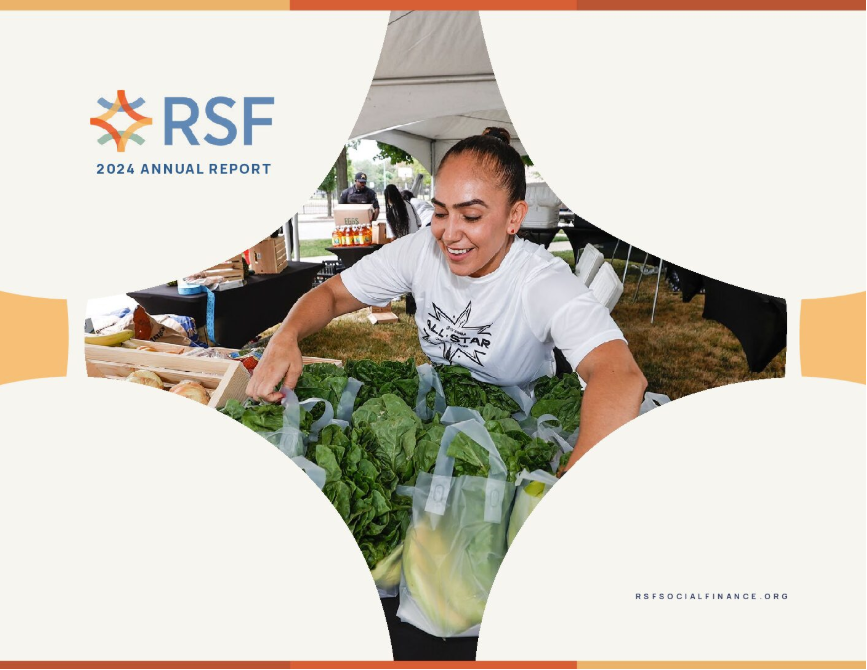I was recently party to a conversation about agricultural systems in which “Move Your Money” was mentioned as a pressing issue. This recent campaign (begun by the Huffington Post) has been promulgated as a way to send a message to the big banks that their practices are unacceptable and that the values of community banking – namely knowing where your money is working and what is being made possible by it – are closer to what people really care about. One of the conversation participants, a long-time farmer from northern Minnesota, sat patiently through the political, personal, and pecuniary energy engendered, then calmly declared, “I don’t know what you are talking about!” He said this to make a point, one very real to him as there are no big banks in his area, only small (regional or local) banks. In agricultural regions, banks have no particular motivation to stray from their primary and productive service to their constituents.
As beautifully illustrated by the New York Times on March 7th in an article titled “A Banking Battleground,” this is true for the majority of the United States, especially the heartland and other rural areas. The concentration of big banks is around competitive centers of capital, or places where finance itself – the use of money to make money – has replaced the transformation of natural resources as the economic base. By this I mean that the big banks have created a meta-finance system that is sometimes leveraged and sometimes disconnected from real economic and financial activity. Of course, one can argue that the big banks have also contributed to developing the centers simply through the scale and complexity of their businesses. Take another look at the map and what it shows is not only mercantile centers, as one would expect of the east and west coasts, but also clusters around major manufacturing centers, commodities markets, and concentrations of high-value natural resources such as gold, silver, oil, and natural gas.
Banking is a shareholder-based business, whether publicly traded or privately held. Thus the geographic concentration or dispersion of shareholders (in credit unions this would be membership) is an important indicator not only of scope (i.e., local versus global), but also the degree to which direct, personal relationships and community are actually tied to the banks’ financial transactions. Not surprisingly, accountability, transparency, and ethical practices follow the same path. The most important concept, and one not much written about, is that where there is a mutual structure in place – that is, all the participants share a sense of ownership and interdependence, and benefit from the organization’s activities – the organization tends toward health and sustainability. In this form, the value of community outweighs the profit-greed motive, and may actually be an antidote to it.
There is no doubt that the big banks have an important function in a global-space-based economy. They can manage the intricacies of currency exchanges and international trade-exchange laws, and have the technology to support tremendous volumes of capital flow. But they do not, and probably cannot afford to, have the values and mindset of a place-based financial institution, one that cares about the success of the community and people it serves, and sees its profits not as an end, but as a by-product of that service. After all, in a place-based bank, the depositors, lenders, and borrowers probably see each other at the farmers’ market, religious services, bowling alleys, or movie theaters. Long-term relationships, and the natural accountability that accompanies them, are an essential part of this social, community process.
While the “Move Your Money” campaign is meant primarily to change the big bank’s financial behavior, it is also creating a new awareness of the place-based banking world. As more capital stays regional, more local entrepreneurs and businesses will have access to financing from sources close to them. What is most fascinating to me is the opportunity for the place-based financial institutions not only to have a hand in fostering local and regional economies, but also to play an active role in encouraging a diversity of activities in those economies. The result would be a healthy risk management strategy for the banks, and more sustainable economies for the regions.
By John Bloom
John Bloom is the former Director of Organizational Culture at RSF Social Finance.


